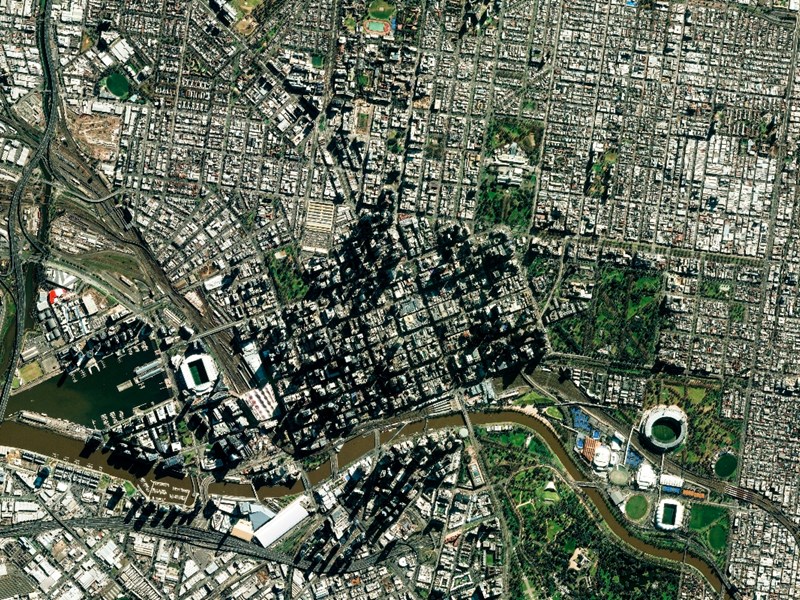Pandemic causes dip in Victoria’s population
25 August 2022 Read the paper

One of the major impacts of the COVID-19 pandemic and its associated public health measures in Victoria was a sudden disruption to trends in population growth, with the state experiencing an estimated 0.68% fall in population by mid-2021.
These trends and their implications are explored in a research note from the Victorian Parliamentary Library that provides estimates of the impacts of population changes on different electorates and develops a cluster analysis of different areas in the state.
Visualising the population impacts of COVID-19 in Victoria uses a range of visualisation techniques to present the shifting demographics of Victoria since the pandemic.
Victoria’s estimated population decline of 44,792 people between 2020 and 2021 was mostly attributable to a dramatic fall in net overseas migration and a surge in net outwards interstate population flows.
The latest estimates suggest a net outflow of almost 71,000 people from the state across both categories since 2020.
Electorates within the Melbourne greater capital city area have either experienced a slow down or net decline in population growth. The largest areas of population increase have been in the regional areas close to Melbourne. A small number of seats in the state’s west and north also experienced population declines.
It is unclear how prolonged these changes may be or their longer-run implications. The state’s population is already 343,337 lower than anticipated by the ABS in its intermediate-range population projections. There has been a revival of international travel since early 2022; however, there is no trend toward net increases in arrivals.